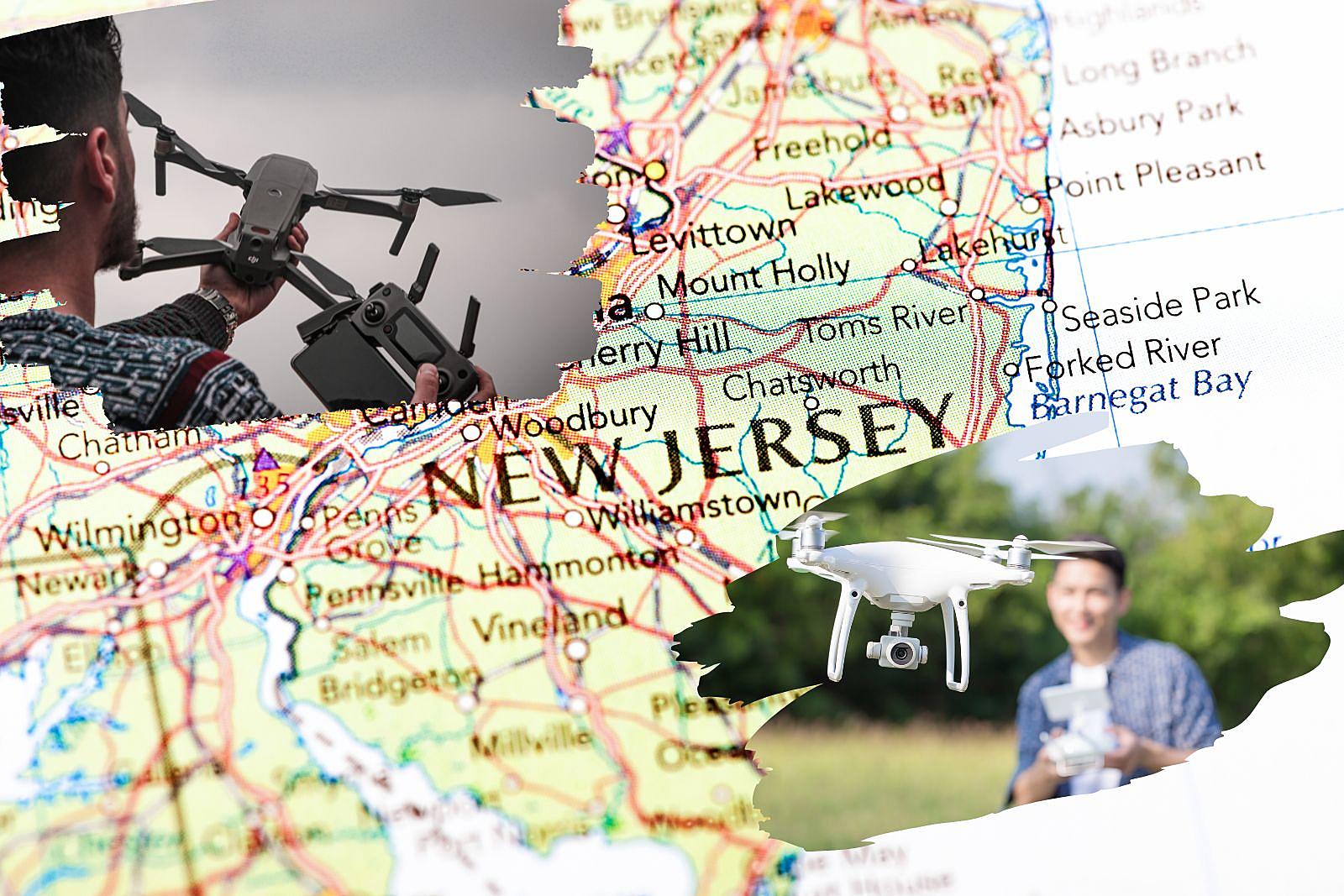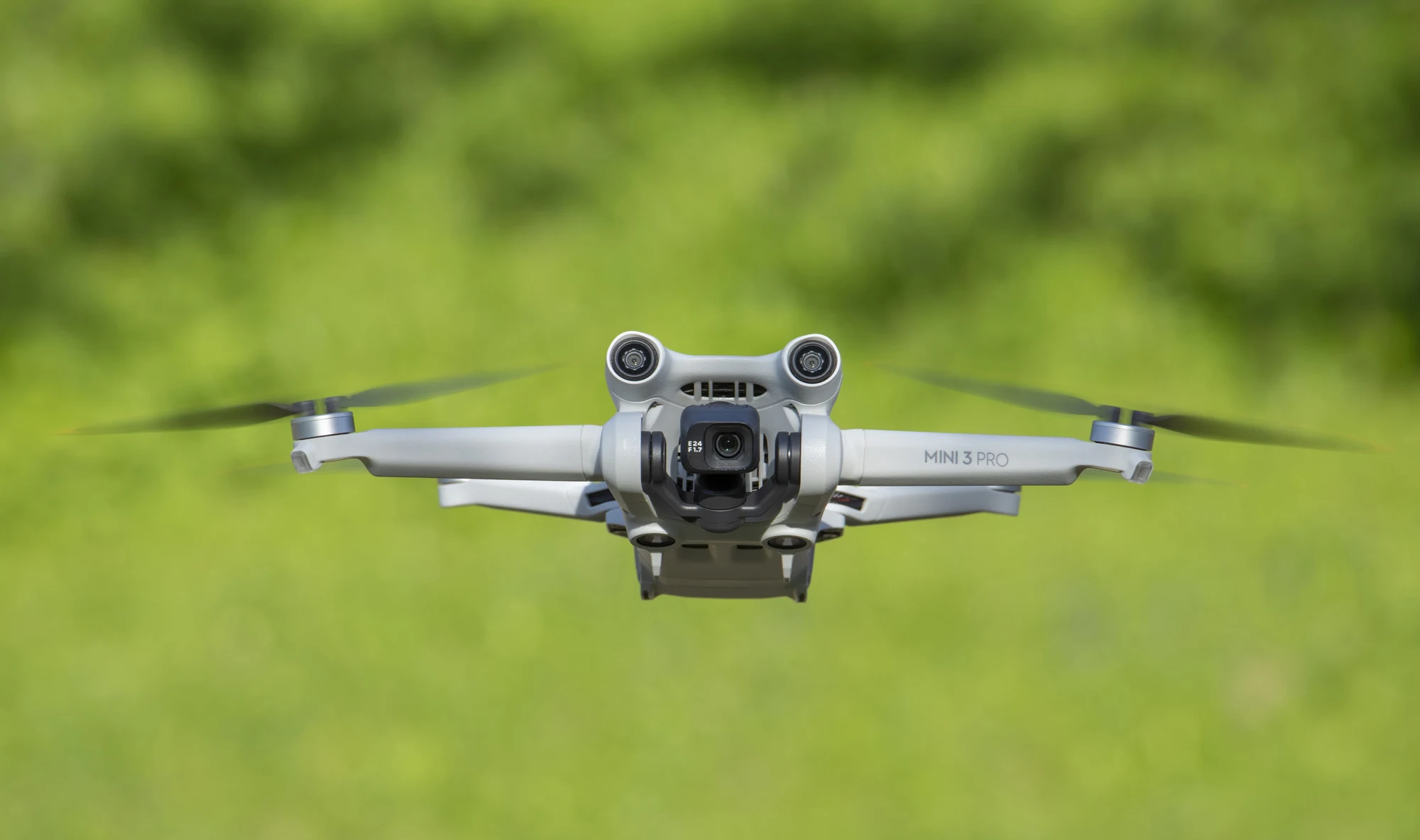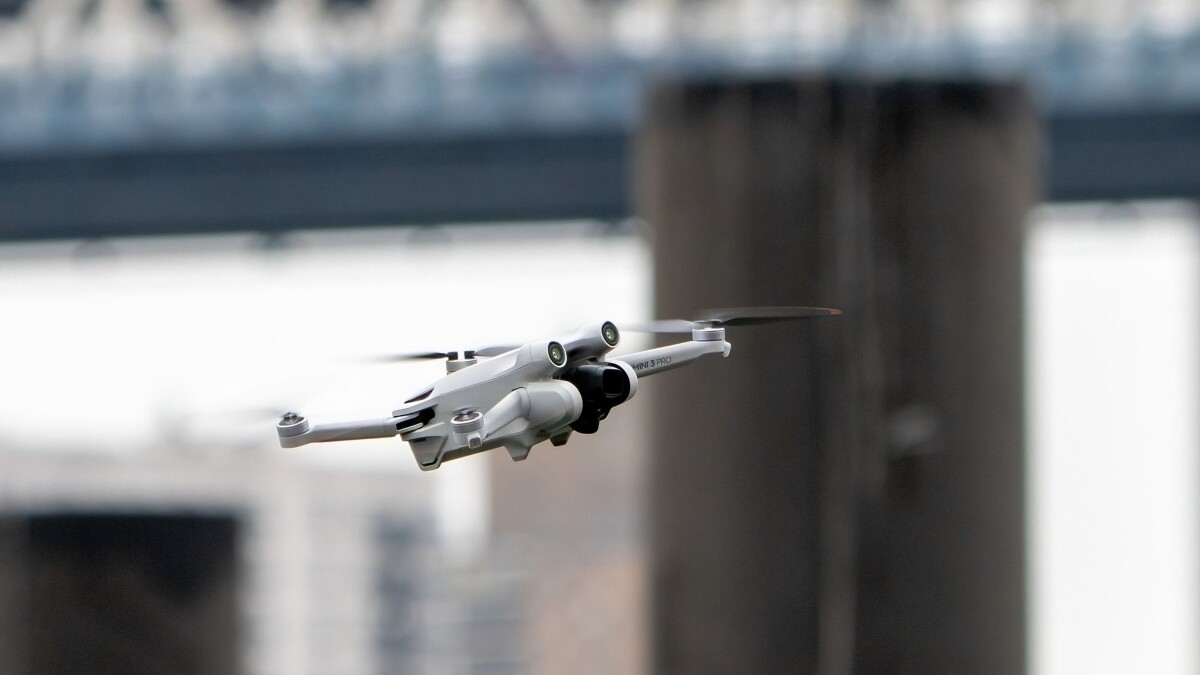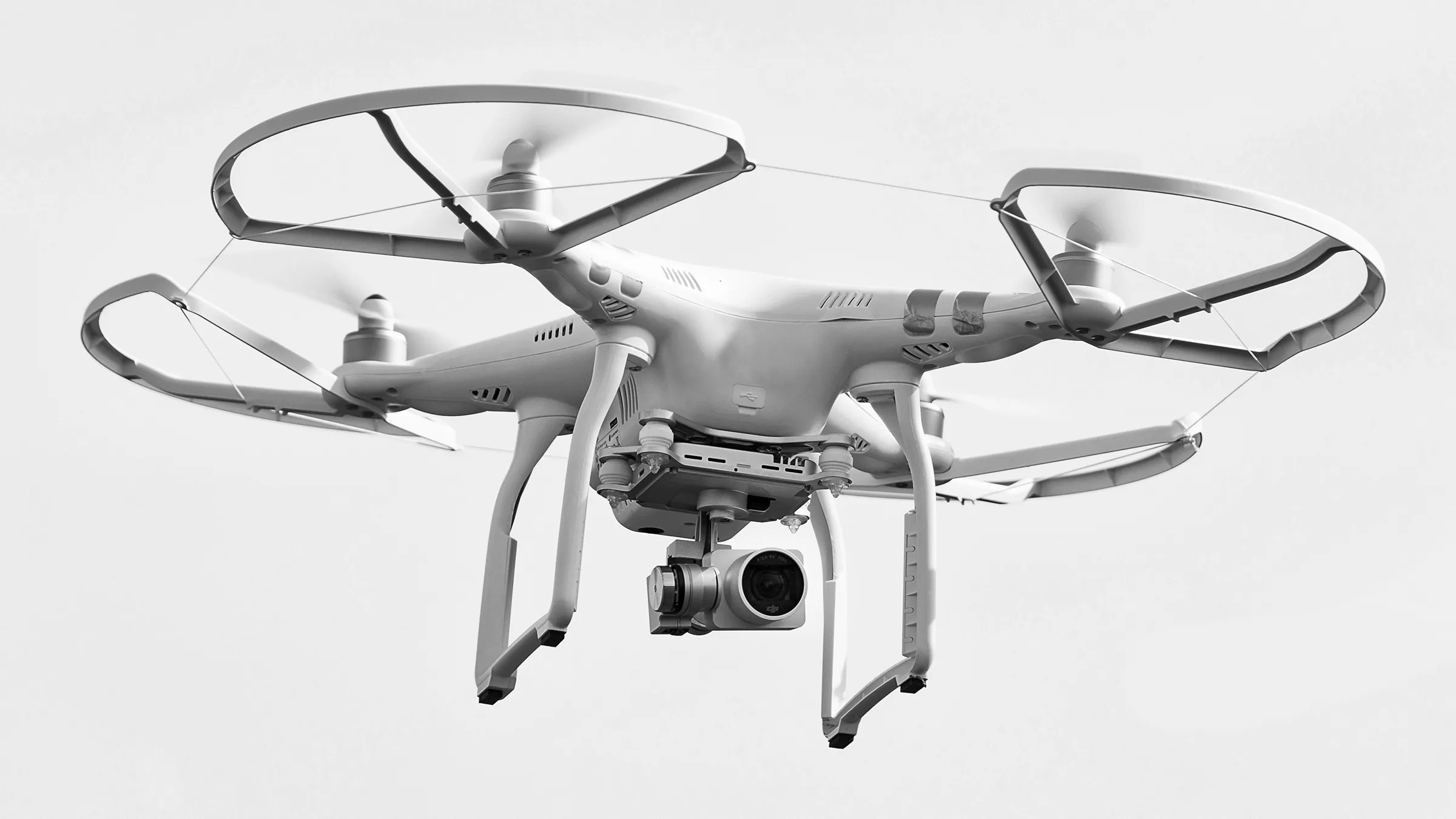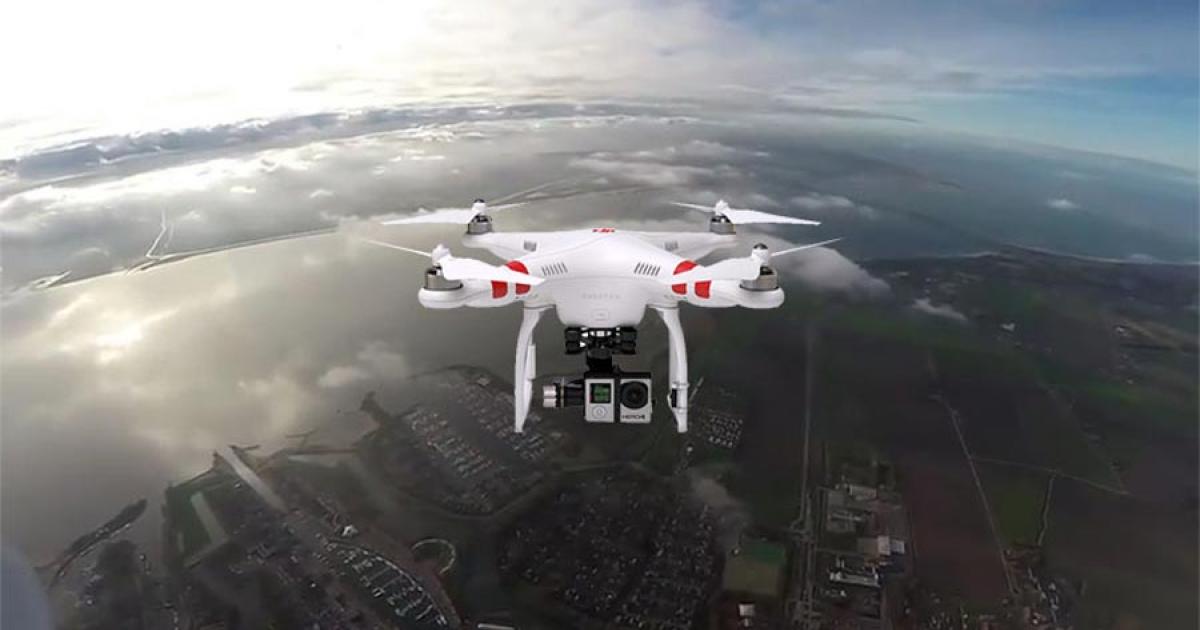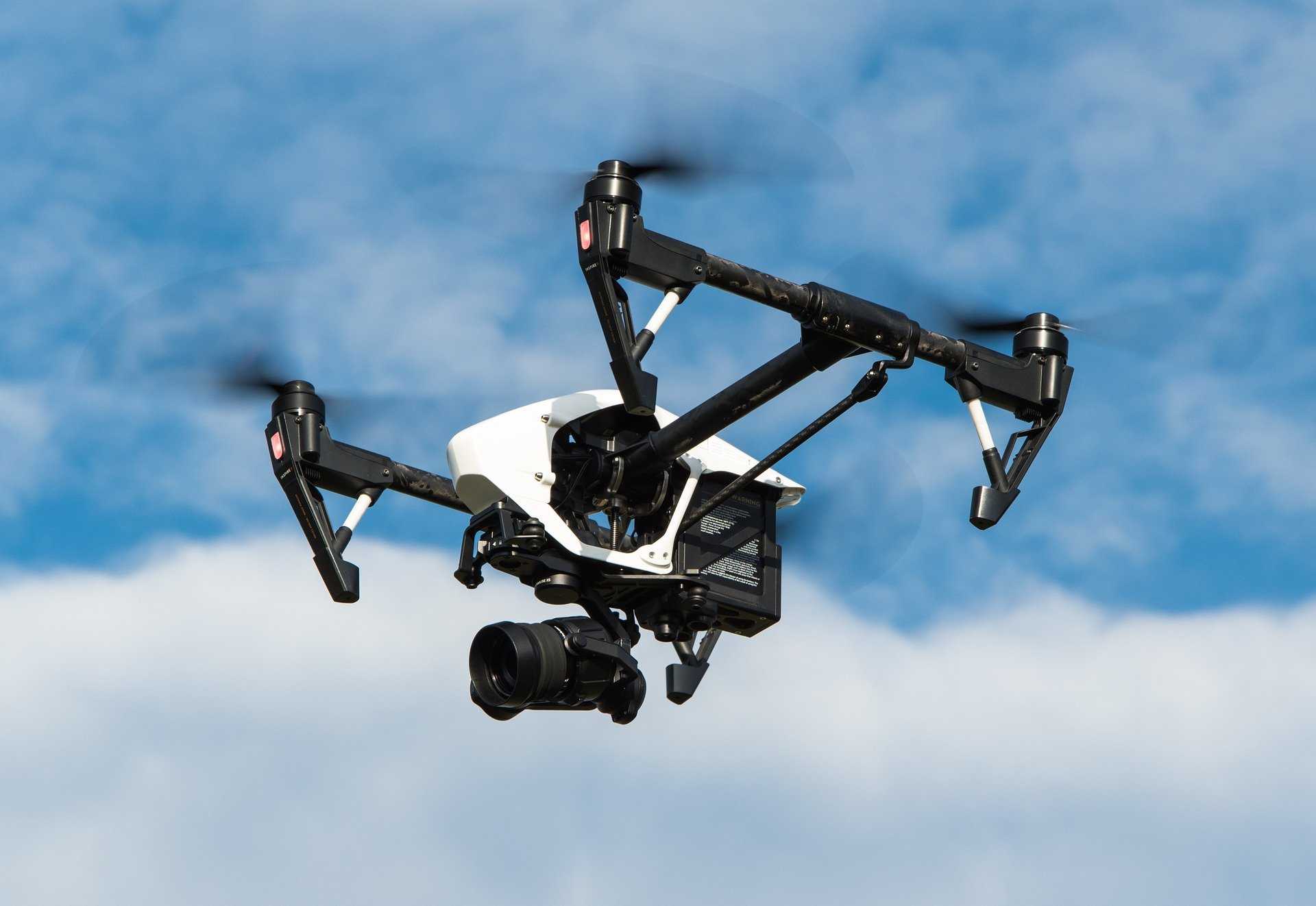Introduction
Welcome to the fascinating world of drone flying! Drones have become increasingly popular for recreational and professional purposes, capturing stunning aerial footage and providing unique perspectives. However, their use near private property raises questions about legal and ethical boundaries. If you’re a drone enthusiast wondering about the regulations surrounding flying drones over private property, this article is for you.
Before we dive into the specifics, it’s essential to understand that the laws and regulations regarding drone usage can vary depending on your location and jurisdiction. Familiarizing yourself with these regulations is crucial to ensure you fly your drone responsibly and within the boundaries of the law.
When discussing drones and private property, it’s important to have a clear understanding of what constitutes private property. Generally, private property refers to land, buildings, and grounds that are owned by individuals or non-governmental entities. Examples of private property include private residences, farms, businesses, and recreational areas.
To navigate the rules surrounding drone flights over private property, we must consider regulations at both the federal and local levels. The Federal Aviation Administration (FAA) has implemented guidelines that apply to drone pilot operations across the United States. However, state and local authorities may also have their own rules and restrictions in place.
It’s worth noting that consent from the property owner plays a significant role in determining whether you can legally fly your drone over their private property. While you may comply with all applicable regulations, obtaining permission from the property owner is a respectful and responsible way to approach the situation.
Before you embark on a drone flight near private property, there are a few key considerations to keep in mind. These include respecting privacy, ensuring safety, and being mindful of potential disturbances to others. Maintaining good communication with property owners and neighboring individuals can go a long way in fostering positive relationships and avoiding conflicts.
Failure to comply with the rules and regulations surrounding drone flights over private property can have serious consequences. This may include legal actions, fines, or damage to your reputation as a responsible drone pilot. It is crucial to understand the potential consequences and adhere to the guidelines to ensure a smooth and enjoyable experience for both you and others.
In the next sections, we will explore the specific regulations set by the Federal Aviation Administration, as well as any additional rules and restrictions at the state and local levels. We will also discuss the importance of consent from the property owner and provide some tips for responsible drone flying near private property. Let’s dive in!
Understanding the laws and regulations
When it comes to flying drones near private property, it’s crucial to have a solid understanding of the laws and regulations that govern this activity. This knowledge will ensure that you stay within legal boundaries and protect the privacy and rights of property owners.
The primary authority regulating drone flights in the United States is the Federal Aviation Administration (FAA). The FAA has implemented specific rules and guidelines to ensure the safe and responsible operation of drones. These rules apply to all drone pilots, whether they are flying for recreational or commercial purposes.
One of the essential rules to keep in mind is that drones must always be flown within the pilot’s visual line of sight (VLOS). This means that you should be able to see your drone at all times while it is in flight. Flying a drone outside of your line of sight can be dangerous and may cause collisions with other aircraft or objects.
Additionally, drones cannot be flown above an altitude of 400 feet. This restriction is in place to prevent interference with manned aircraft and to ensure airspace safety. Flying above this height limit can lead to severe penalties and fines.
It’s also important to note that drones should never be flown in restricted airspace, such as near airports, military bases, or government facilities. These areas have strict no-fly zones, and violating these restrictions can have severe legal consequences.
While the FAA’s rules apply on a national level, it’s essential to research and understand any additional regulations imposed by your state and local authorities. Some states have regulations that impose additional restrictions on drone flights, such as flying near private property or densely populated areas.
Understanding the laws and regulations surrounding drone flights near private property is essential to ensure that you fly within the legal boundaries. By familiarizing yourself with these rules, you can enjoy your drone flying hobby while respecting the privacy and rights of property owners and avoiding any legal complications.
What is considered private property?
Before discussing drone flights near private property, it’s important to have a clear understanding of what constitutes private property. Private property generally refers to land, buildings, or grounds that are owned by individuals or non-governmental entities.
Private property can encompass a wide range of areas, including residential properties, commercial buildings, farms, recreational areas, and more. It’s important to note that even if a property is not inhabited, it is still considered private property and should be treated with respect.
Residential properties, such as houses or apartment complexes, are commonly recognized as private property. When flying a drone near residential areas, it’s crucial to respect the privacy of the residents and their personal space. Avoid flying directly over people’s homes and gardens to prevent potential invasions of privacy.
Commercial properties, including businesses, factories, or office buildings, are also considered private property. Drone flights near these areas should be carried out responsibly, taking into account the potential risks and disturbances that may arise from flying in close proximity to these properties.
Farms and agricultural lands are another category of private property. Drones can be useful in agricultural applications, such as crop monitoring or livestock management. However, it’s important to obtain permission from the farmer before flying over their land and to be aware of any potential safety hazards.
Recreational areas, such as parks, golf courses, or private estates, can also be considered private property. When flying a drone in these areas, it’s important to adhere to any specific rules or regulations that may be in place. Some recreational areas may have designated flying zones or restrictions to ensure the safety and enjoyment of all visitors.
It’s worth noting that the boundaries of private property extend vertically as well as horizontally. This means that flying a drone over someone’s private property without permission can be considered trespassing, even if you don’t physically enter the property.
Being aware of what is considered private property and understanding the boundaries of these areas is crucial when flying a drone. Respecting the rights, privacy, and safety of property owners is essential for maintaining positive relationships and ensuring a responsible and enjoyable drone flying experience.
Federal Aviation Administration (FAA) rules and regulations
The Federal Aviation Administration (FAA) is the governing body responsible for regulating the use of drones in the United States. The FAA has established specific rules and regulations that drone pilots must follow to ensure safe and responsible operation of their aircraft.
One of the key rules set by the FAA is that drones must be registered with the agency. Registration is required for all drones weighing between 0.55 pounds (250 grams) and 55 pounds (25 kilograms). This registration process helps the FAA track and monitor drones to ensure compliance with regulations.
The FAA also mandates that drones be flown within the pilot’s visual line of sight (VLOS). This means that the drone must always remain within the pilot’s unaided line of sight during flight. Flying a drone outside of VLOS is not only against FAA regulations but also poses a significant risk to other aircraft and people.
Additionally, drones should not be flown above an altitude of 400 feet. This height restriction is in place to prevent interference with manned aircraft and to ensure the safety of the airspace. Flying above this limit can result in severe penalties and fines.
The FAA prohibits drone flights in restricted airspace, known as no-fly zones. These areas include airports, military bases, and government facilities. Violating these restrictions is not only a violation of FAA regulations but can also have serious legal consequences.
When flying a drone, it’s essential to respect the privacy and rights of individuals on the ground. The FAA prohibits flying drones directly over people who are not directly participating in the operation of the drone or residing in a covered structure. This rule is in place to protect the privacy and safety of individuals below.
In addition to these general rules, the FAA has specific regulations for drones used for commercial purposes. Commercial drone pilots are required to obtain a remote pilot certificate, which involves passing a knowledge test administered by the FAA. This certification ensures that commercial operators have a basic understanding of aviation rules and safety practices.
Understanding and adhering to the rules and regulations established by the FAA is crucial for all drone pilots. These regulations are put in place to safeguard the airspace, protect the privacy of individuals, and ensure the safe operation of drones.
State and local regulations
In addition to the regulations set by the Federal Aviation Administration (FAA), it’s important to be aware of any state and local regulations that may apply to drone flights near private property. State and local authorities have the power to impose additional rules and restrictions to ensure the safe and responsible operation of drones within their jurisdictions.
State regulations can vary significantly, so it’s essential to research and understand the specific rules that apply in your state. Some states have implemented their own drone laws, which may include restrictions on flying over private property, limitations on altitude, or requirements for obtaining permits or licenses for commercial drone operations.
Local regulations can further define and limit drone flights within specific areas. Local authorities, such as city or county governments, may have their own ordinances in place that impact drone operations. For example, a city may have designated no-fly zones or restrictions on flying in public parks or near certain landmarks.
It’s important to stay informed about state and local regulations as they may change or be updated over time. Keeping abreast of the latest rules will help ensure that you are compliant with all applicable laws when flying your drone near private property.
To find information on state and local regulations, you can visit the websites of state aviation authorities or check with local government offices or law enforcement agencies. Additionally, joining local drone or model aircraft clubs can provide valuable insights into any specific rules or guidelines that may apply in your area.
By familiarizing yourself with and adhering to state and local regulations, you can fly your drone responsibly and without running afoul of any additional rules that may be in place. Respecting these regulations not only helps maintain a positive relationship with local authorities but also contributes to the overall safety and enjoyment of drone flying in your community.
Does consent from the property owner matter?
When flying a drone near private property, the issue of consent from the property owner becomes a significant consideration. While there may be specific laws and regulations governing drone flights, obtaining consent from the property owner is not only a legal requirement in some cases but also demonstrates respect for their rights and privacy.
While the FAA regulations allow for drone flights over private property, it’s important to recognize that property owners have certain rights. In general, property owners have control over the air space above their property, up to a reasonable height. This means that flying a drone over someone’s property without consent could potentially be considered a trespassing act.
Obtaining consent from the property owner is not only a legal and ethical practice but can also help prevent misunderstandings or conflicts. By discussing your intentions with the property owner, you can establish clear communication and understand any specific concerns they may have regarding drone flights near their property.
Consent may be particularly important when flying a drone in residential areas. Respecting the privacy of homeowners and their personal space is crucial. Obtaining permission to fly over residential properties shows consideration for the residents’ privacy and can help maintain a positive relationship within the community.
Consent becomes even more critical when using drones for commercial purposes, such as capturing aerial footage for marketing or promotional material. In such cases, acquiring appropriate permissions and licenses is not only advisable but may also be legally required.
It’s important to note that even if consent from the property owner is not legally required, it is still good practice to seek permission when possible. Building positive relationships with property owners and demonstrating responsible drone operation can help foster understanding and acceptance of drones in your community.
Always remember that each property owner has the right to grant or deny permission for drone flights over their property. Respecting these decisions not only complies with legal and ethical standards but also ensures a harmonious coexistence between drone pilots and property owners.
Considerations for flying low over private property
When flying a drone near private property, especially at low altitudes, there are several important considerations to keep in mind. These considerations will help ensure that you fly your drone safely, responsibly, and without infringing on the rights and privacy of property owners.
First and foremost, it’s essential to maintain a respectful distance from the property and any people or animals present. Avoid flying too close to buildings, vehicles, or individuals to prevent any potential accidents or disturbances. Maintaining a safe distance also minimizes the risk of damaging property or causing harm to people or animals.
Respecting the privacy of property owners is another crucial consideration. Avoid flying your drone directly over people’s homes, gardens, or other private areas. This will help avoid any potential invasion of privacy and maintain the trust and goodwill of the property owners.
When flying low over private property, it’s also important to be aware of any potential hazards or obstacles. Be mindful of trees, power lines, or other structures that could pose a risk to your drone. Maintaining a clear line of sight and navigating around potential obstacles will help ensure a safe and incident-free flight.
Communication and awareness are key when flying near private property. If you encounter property owners or residents during your flight, be courteous and communicative. If someone expresses concern or asks you to refrain from flying over their property, respect their wishes and find an alternative flight path.
Being proactive and open to dialogue can help build positive relationships within the community and foster acceptance of drones. It’s important to remember that your actions as a responsible drone pilot can influence how the public perceives this emerging technology.
Lastly, consider the time of day and noise levels when flying near private property. Avoid flying in the early morning or late evening when people might be trying to enjoy their quiet time. Maintaining a considerate approach to noise can go a long way in maintaining positive relationships with property owners and minimizing disturbances.
By taking these considerations into account, you can fly your drone at low altitudes near private property in a responsible and respectful manner. Following these guidelines ensures the safety and privacy of property owners while promoting positive interactions between drone pilots and the communities they operate in.
Consequences of flying too low over private property
Flying a drone too low over private property can have several potential consequences, ranging from legal ramifications to damaging relationships with property owners. Understanding these consequences is crucial for both your own safety and the harmonious coexistence of drone pilots and property owners.
One of the most significant consequences of flying too low over private property is the potential violation of privacy laws. Even though airspace above a property is generally considered private to a reasonable height, flying a drone at a low altitude may still infringe on the privacy of individuals on the ground. This can result in legal action and potential lawsuits if property owners feel their privacy has been violated. It is important to respect the privacy of individuals and to avoid flying too close to their personal spaces.
Another consequence is potential damage to property. When flying too low, there is an increased risk of collision with buildings, structures, or other objects on private property. Accidents can cause damage to someone’s property, resulting in financial liabilities for the drone operator. It is crucial to maintain a safe distance and exercise caution to avoid such accidents.
Additionally, flying too low over private property without consent can strain relationships with property owners and the local community. People may perceive the drone as an invasion of their privacy or as a disturbance. This can lead to complaints, confrontations, or negative publicity, potentially damaging your reputation as a responsible drone pilot.
Depending on the severity of the violation, legal consequences may also arise. Property owners have the right to protect their property and privacy, and they may pursue legal action if they feel their rights have been violated. This can result in fines, penalties, or even criminal charges in extreme cases. Abiding by all relevant laws and regulations, as well as respecting property owners’ wishes, is crucial to avoid such legal consequences.
It’s important to understand that consequences can vary depending on local regulations and the specific circumstances of the situation. That’s why it is always recommended to research and follow all applicable laws, obtain proper permissions, and seek consent from property owners when flying near or over private property.
By being mindful of the potential consequences and demonstrating responsible behavior as a drone operator, you can help foster a positive relationship between drone pilots and property owners, ensuring a safe and respectful environment for everyone involved.
Tips for responsible drone flying near private property
When flying a drone near private property, it’s important to prioritize safety, respect for privacy, and positive community relationships. By following these tips for responsible drone flying, you can ensure a harmonious and enjoyable experience for both you and the property owners:
- Know and follow the rules: Familiarize yourself with the Federal Aviation Administration (FAA) rules and regulations, as well as any state and local laws that apply to drone flights. Ensure you comply with all height restrictions, no-fly zones, and registration requirements.
- Obtain consent: Whenever possible, seek permission from property owners before flying your drone over their private property. This shows respect for their rights and privacy and can help maintain positive relationships within the community.
- Maintain a safe distance: Keep a safe distance from buildings, structures, and people. Avoid flying too close to property or individuals to minimize the risk of accidents and maintain privacy.
- Be mindful of privacy: Avoid flying directly over people’s homes, gardens, or other private areas. Respecting the privacy of others helps foster positive relationships and maintains trust within the community.
- Communicate effectively: If someone expresses concern or asks you to refrain from flying near their property, listen and respect their wishes. Engage in respectful and open communication that fosters understanding and cooperation.
- Be aware of surroundings: Pay attention to potential obstacles, such as trees, power lines, or other structures, that may pose a risk to your drone. Maintaining a clear line of sight and navigating around potential hazards will help ensure a safe flight.
- Consider noise levels: Be mindful of the time of day and the impact of your drone’s noise on the surrounding environment. Avoid flying early in the morning or late in the evening when people may be trying to enjoy quiet time.
- Continuously educate yourself: Stay updated on the latest drone regulations and industry best practices. Attend workshops, join drone pilot groups, and participate in online forums to stay informed and enhance your skills as a responsible drone operator.
- Practice safety precautions: Before each flight, conduct a pre-flight check to ensure your drone is in proper working condition. Follow safe flight practices, such as maintaining line of sight, avoiding flying in adverse weather conditions, and understanding emergency procedures.
- Lead by example: Demonstrate responsible behavior as a drone pilot, and encourage others to do the same. By setting a positive example, you contribute to the broader acceptance and understanding of drones in your community.
By adhering to these tips, you can fly your drone near private property in a responsible and considerate manner. Ensuring safety, respecting privacy, and maintaining positive relationships with property owners will help create a positive environment for both drone pilots and the community at large.
Conclusion
When flying a drone near private property, it is essential to understand the laws, regulations, and considerations involved. Respecting privacy, maintaining safety, and fostering positive relationships with property owners are key aspects of responsible drone flying.
By familiarizing yourself with the regulations set by the Federal Aviation Administration (FAA) and any additional state and local regulations, you can ensure that your drone flights are within legal boundaries. Obtaining consent from property owners, when possible, demonstrates respect for their rights and provides an opportunity for open communication.
Considerations such as maintaining a safe distance, being aware of potential hazards, and respecting the privacy of individuals are crucial for responsible and respectful drone flights near private property. Practicing good communication and actively seeking ways to minimize disturbances can help build positive relationships within the community.
Understanding the potential consequences of flying too low over private property, such as privacy infringements or property damage, emphasizes the importance of following guidelines and regulations. By adhering to these rules, you can avoid legal repercussions and maintain a positive reputation as a responsible drone pilot.
Additionally, following tips for responsible drone flying, including knowing the rules, communicating effectively, and continuously educating yourself, enables you to create a safe and enjoyable experience for both yourself and others in the surrounding areas.
By being a responsible drone pilot near private property, you contribute to the overall acceptance and understanding of drones in society. Respecting the rights, privacy, and safety of property owners builds trust and fosters positive relationships, ensuring that drones can be enjoyed responsibly and harmoniously in our communities.









